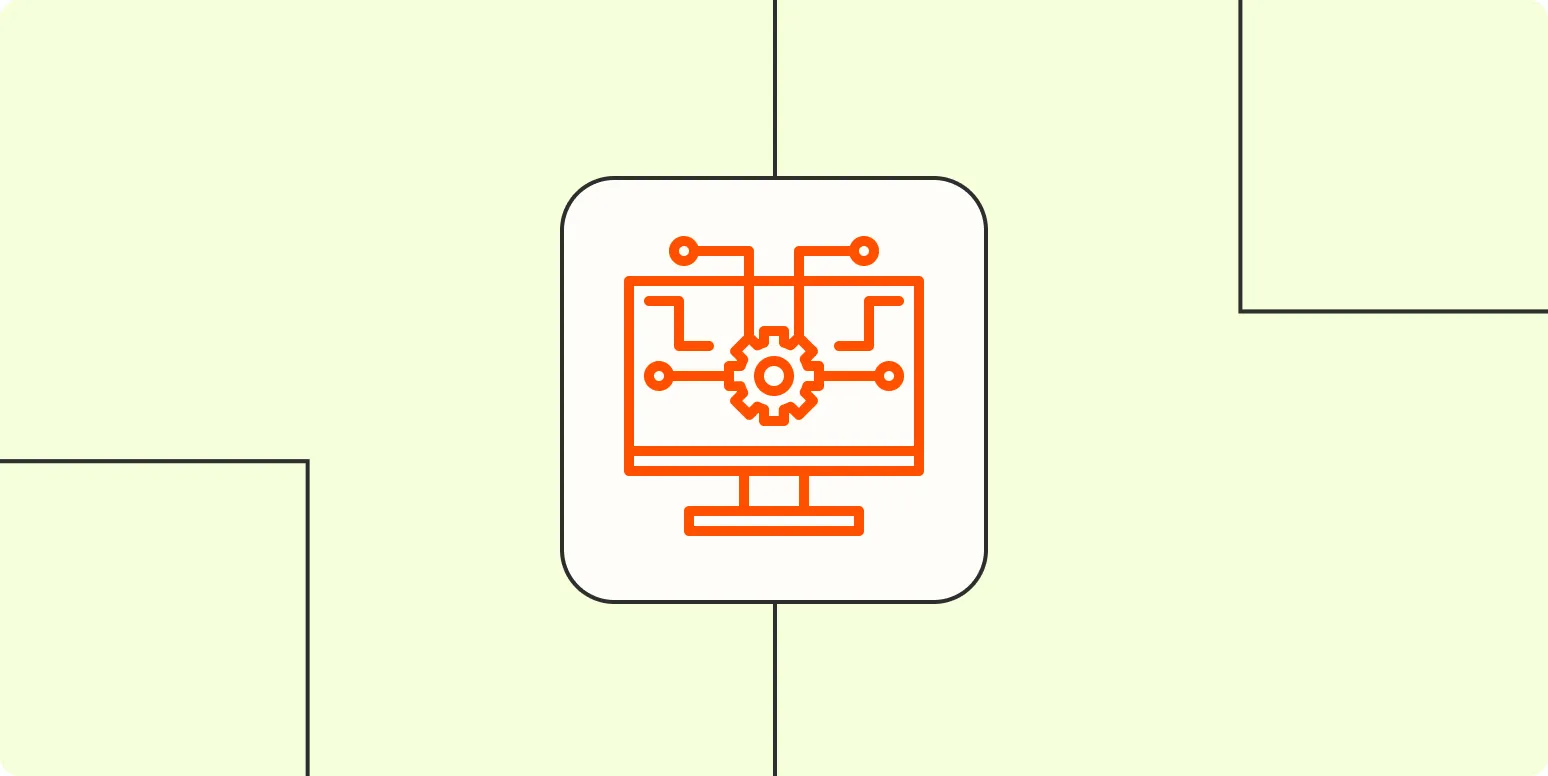Understanding Artificial Intelligence
Artificial Intelligence (AI) refers to the simulation of human intelligence processes by machines, particularly computer systems. These processes include learning (the acquisition of information and rules for using it), reasoning (using rules to reach approximate or definite conclusions), and self-correction. AI is revolutionizing various industries and enhancing the capabilities of organizations in ways previously unimaginable.
Types of AI
AI can be categorized into two main types: Narrow AI and General AI.
| Type of AI | Description |
|---|---|
| Narrow AI | Also known as weak AI, this type focuses on a specific task. Examples include voice assistants like Siri and Alexa, recommendation systems on e-commerce sites, and chatbots. |
| General AI | This is a theoretical form of AI where a machine would possess the ability to perform any intellectual task that a human can do. General AI remains largely speculative. |
How AI Works
The functionality of AI is based on a combination of data, algorithms, and computational power. Here are the key components involved in the operation of AI:
- Data: Large amounts of data are essential for training AI models. This data can come from various sources, including user interactions, online databases, and sensors.
- Algorithms: These are sets of rules or instructions that AI systems follow to process data and make decisions. Machine learning algorithms enable systems to learn from data and improve over time.
- Computational Power: Advanced hardware is necessary to run the complex calculations involved in AI processes. Cloud computing and high-performance GPUs have made it possible to handle vast datasets efficiently.
Applications of AI
AI has a wide range of applications across different industries. Here are some notable examples:
| Industry | Application |
|---|---|
| Healthcare | AI is used for diagnostics, personalized medicine, and administrative tasks. Algorithms can analyze medical data to detect diseases at early stages. |
| Finance | In finance, AI helps in fraud detection, algorithmic trading, and personalized banking services, improving efficiency and security. |
| Retail | AI enhances customer experience through personalized recommendations, inventory management, and chatbots for customer service. |
| Transportation | Self-driving cars and traffic management systems utilize AI to improve safety and efficiency in transportation networks. |
The Future of AI
The future of AI holds immense potential. As technology advances, we can expect AI to become even more integrated into our everyday lives. Some anticipated developments include:
- Enhanced Personalization: AI will continue to improve the personalization of services and products, making experiences more tailored to individual preferences.
- Collaborative AI: Future AI systems will likely work alongside humans, augmenting their capabilities rather than replacing them. This collaboration can lead to greater productivity and innovation.
- Ethical AI: As AI becomes more prevalent, the need for ethical considerations in its development and deployment will become increasingly important. Discussions around bias, fairness, and accountability will shape AI policies.
Challenges and Concerns
Despite its benefits, AI also presents several challenges and concerns. Some of the most pressing issues include:
- Job Displacement: As AI automates tasks, there is a fear that many jobs may be displaced. However, new job opportunities may also emerge.
- Privacy Concerns: The use of AI in data collection raises significant privacy issues. Ensuring that user data is handled responsibly is crucial.
- Bias in AI: If AI systems are trained on biased data, they may perpetuate or even exacerbate existing inequalities. Addressing bias in AI is a critical area of research.
Conclusion
Artificial Intelligence is a transformative technology that is reshaping industries and enhancing human capabilities. Understanding AI, its applications, and its implications is vital for navigating the future. As we continue to explore the potential of AI, we must also address the challenges it presents to ensure a beneficial and ethical integration into society.





